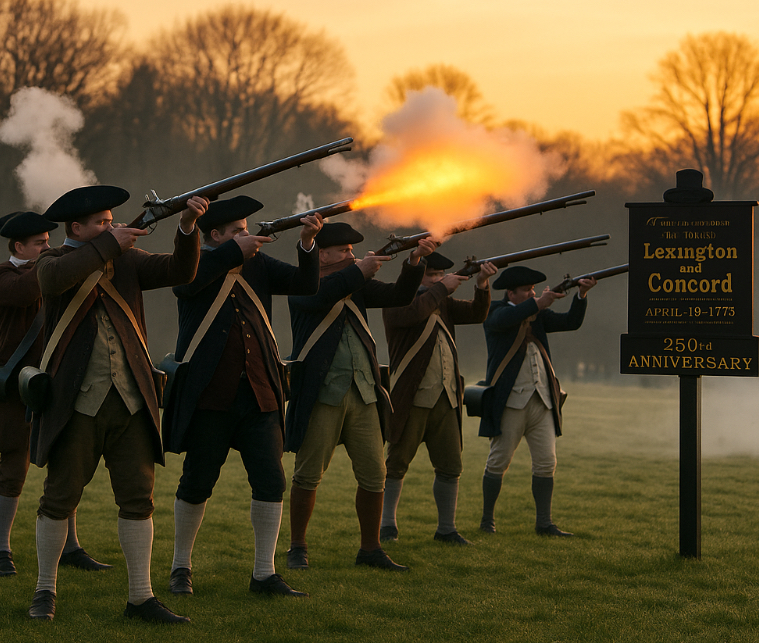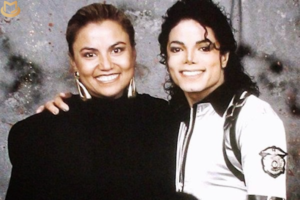There are few American cities that can simultaneously celebrate endurance and independence quite like Boston. And this April, it does both. Today marks the annual running of the Boston Marathon, one of the oldest and most prestigious races in the world. But as thousands lace up and prepare to cross 26.2 miles of storied Massachusetts ground, the city is also deep in the throes of another powerful anniversary: the 250th year since the opening salvo of the American Revolutionary War.
It’s a week where powdered wigs meet hydration gels. Where the clang of musket fire is followed by the beep of a runner’s GPS watch. And where one man’s midnight ride is remembered just steps from modern-day Dunkin’ Donuts shops. If you’re a history buff or a long-distance runner, Boston is the place to be right now.
Paul Revere’s Ride: Then and Now
On April 18, 1775, silversmith Paul Revere mounted a horse and galloped west from Boston’s North End, his mission urgent: to warn John Hancock and Samuel Adams that British troops were en route to arrest them and seize colonial arms. The ride, which would become legend, covered roughly 12.5 miles from Boston to Lexington and ultimately helped spark the colonial resistance.
This past Friday, exactly 250 years later, locals and visitors lined Boston’s Freedom Trail to mark the event. Reenactors dressed in colonial garb retraced Revere’s path by horseback, with onlookers capturing the moment on smartphones rather than muskets. As the sun set over Charlestown, the famed lanterns—“one if by land, two if by sea”—were again lit in the steeple of Old North Church, just as they had been in 1775.
In today’s landscape, Revere’s ride would take him past seven Dunkin’ shops, at least three parking garages, and a Red Line station—an amusing overlay of past and present that locals don’t let go unnoticed. That blend of reverence and irreverence is part of Boston’s charm: steeped in history, but never shy about poking fun at itself.
Dawn on the Green: The Battles of Lexington and Concord
Saturday morning, in the early hours just before dawn, hundreds gathered in the small town of Lexington to witness a living tableau: the reenactment of the first shots of the Revolutionary War. As the chill of morning clung to the grass, Minutemen in homespun coats and tricorn hats took their positions opposite red-coated British Regulars.
At 5:30 a.m., the first shot rang out—symbolic, echoing, and precise. Muskets flared. Drums rolled. Children watched wide-eyed as smoke drifted across the green. The event marked the beginning of a weekend-long series of reenactments culminating in Concord, where the colonial militias pushed back British forces along the Old North Bridge.
These reenactments aren’t just ceremonial—they’re deeply researched, involving volunteers who dedicate months to preparing scripts, tailoring uniforms, and perfecting the choreography of historical confrontation. For many, it’s a personal expression of identity and national memory. For visitors, it’s an emotional, tactile reminder that the freedom Americans enjoy today was hard-won—and not so long ago.
Boston Marathon 2025: Racing Into the Future
While reenactors fired muskets over Lexington Green, marathoners in Boston were doing their own kind of preparation—stretching, hydrating, and psyching up for today’s Boston Marathon. The race, now in its 129th running, is one of the most storied endurance events in the world, and its route traverses some of the very roads trodden by Revolutionary soldiers.
Starting in Hopkinton and ending on Boylston Street, the course passes through towns like Wellesley, Newton, and Brookline—each layered with its own colonial legacy. While runners may not be thinking about musket fire or colonial grievances as they approach Heartbreak Hill, they’re very much part of a different kind of struggle: one of willpower, rhythm, and pushing past physical limits.
This year’s field includes over 30,000 participants from all 50 states and more than 100 countries. Among the elite runners are Kenyan favorite Peres Jepchirchir, defending champion Evans Chebet, and American hopeful Emma Bates. But the event is just as much about the non-elite—the charity runners, the first-timers, and those racing to honor loved ones or causes. Boston, as always, shows up in force to cheer them on.
A Dual Celebration: What It Means to Reflect and Run
There’s something poetic about these events happening simultaneously. The Revolutionary War began as a fight for freedom and self-governance. The marathon, in its own way, is a celebration of personal freedom, endurance, and the human spirit. Both speak to resistance—one political, the other physical—and both speak to collective memory.
This year’s pairing feels especially poignant. The 250th anniversary isn’t just a time to look back with reverence; it’s a time to evaluate what America has done with its independence. The runners, by contrast, aren’t looking back at all—they’re pushing forward, mile by mile, powered by community, tradition, and sweat.
Boston has always had a knack for living in multiple centuries at once. Walk a few blocks and you’ll pass a colonial tavern next to a biotech lab, a statue of Samuel Adams next to a construction site for green housing. The past informs the present, but never restricts it.
Local Voices: Reflections on a Unified Week
“I run every year,” says Dorchester native and marathon veteran James Wu. “But this week, it’s felt different. Watching the reenactments, thinking about those first shots… it makes every mile feel more meaningful. It’s all part of the same story—about people pushing themselves beyond fear.”
Reenactor Mary Sullivan, dressed in full colonial attire in Concord, agreed. “I’m not a runner, but I see the connection. We’re both reliving a kind of struggle. This was about resistance. Theirs is about resilience. It’s beautiful.”
And for business owners, the influx of history tourists and marathon families has brought a welcome boost. “You’ve got history buffs buying tri-corner hats and runners buying electrolytes—sometimes in the same shop,” jokes Jon Gutierrez, who runs a general store in Lexington.
Looking Forward: Legacy Beyond the Finish Line
After this week, the runners will return home, the reenactors will hang up their coats, and the cannon fire will go quiet once again. But the energy won’t dissipate. The 250th anniversary is being marked by events throughout the year, from museum exhibits and lectures to walking tours and school programs.
Meanwhile, the Boston Marathon continues to be a living metaphor—proof that traditions don’t stay static; they evolve. They breathe. Much like the Constitution or a long run, their power lies in interpretation and continuity.
Boston’s ability to fold past and present into one civic experience is a rare gift. It’s a place where memory is active, not archived. Where the race isn’t just a route, but a ritual. And where the first sparks of revolution can still be felt in the footfalls of runners flying down Beacon Street.
No comments yet.







